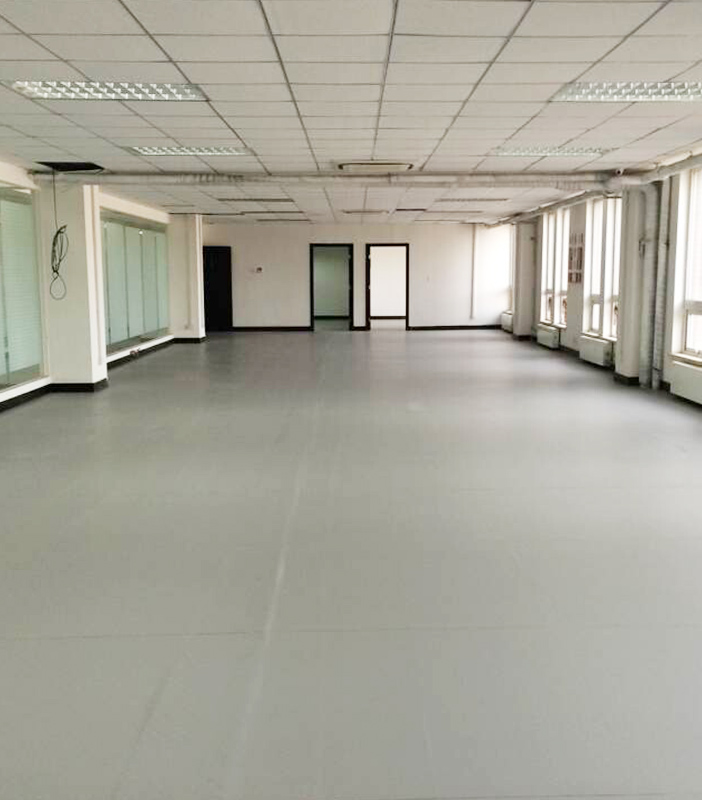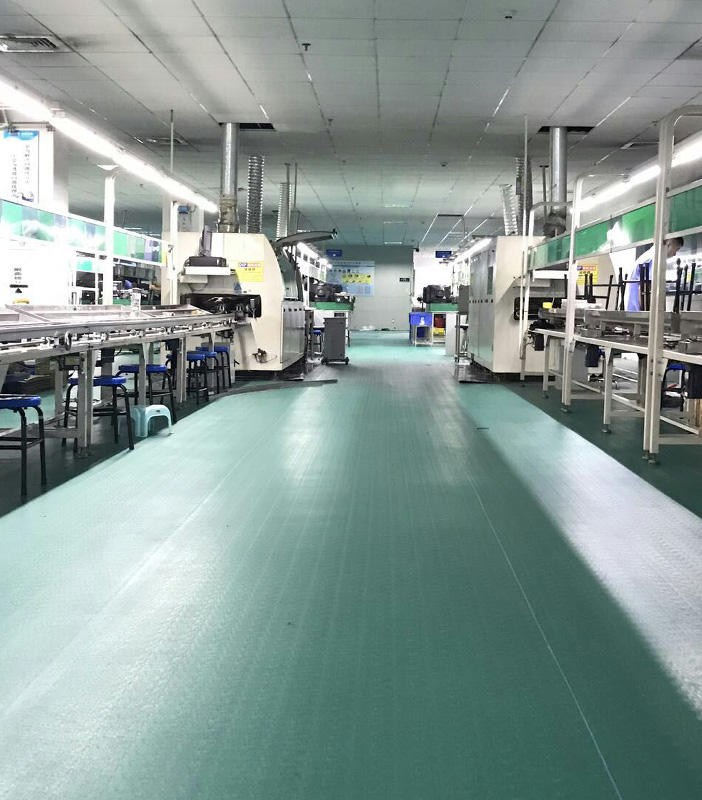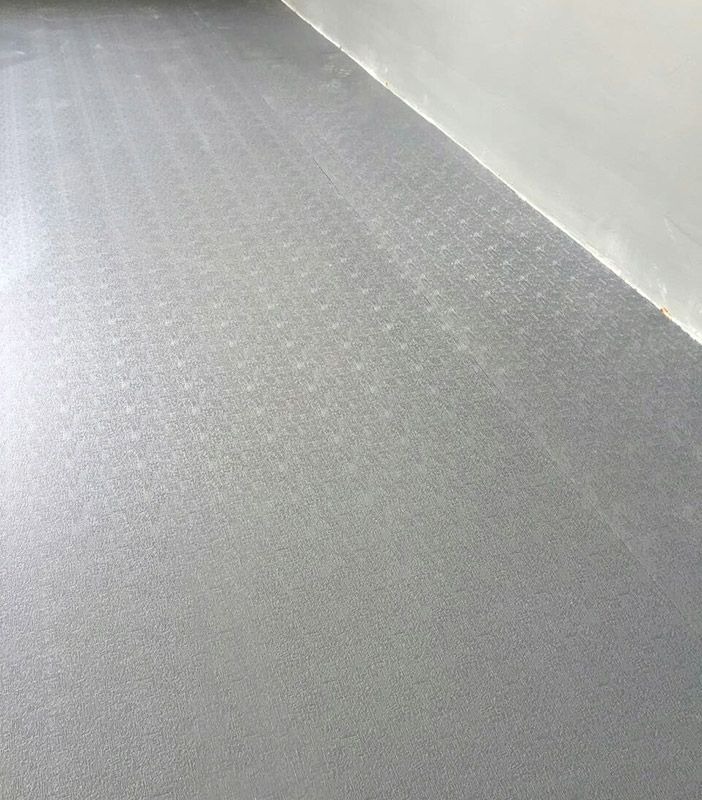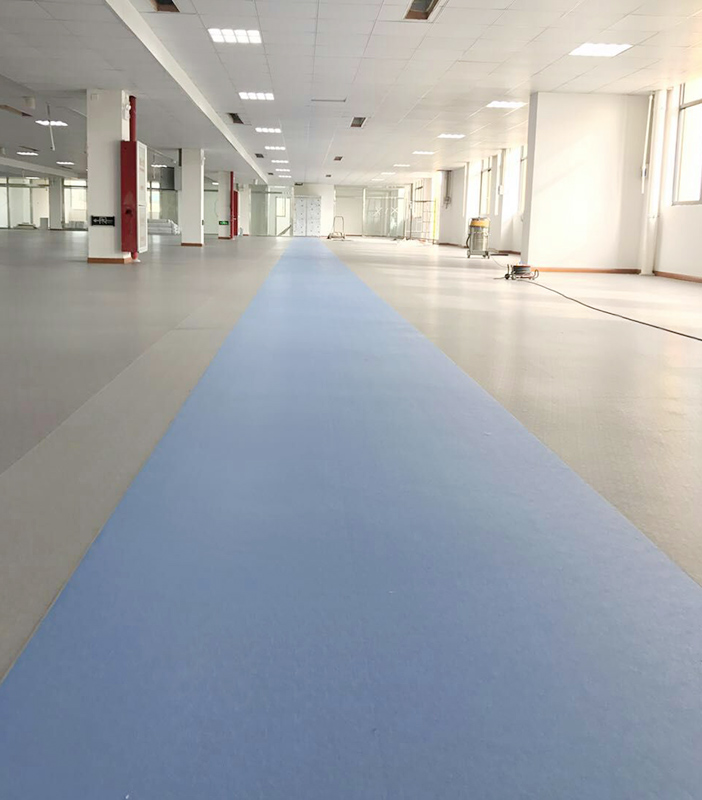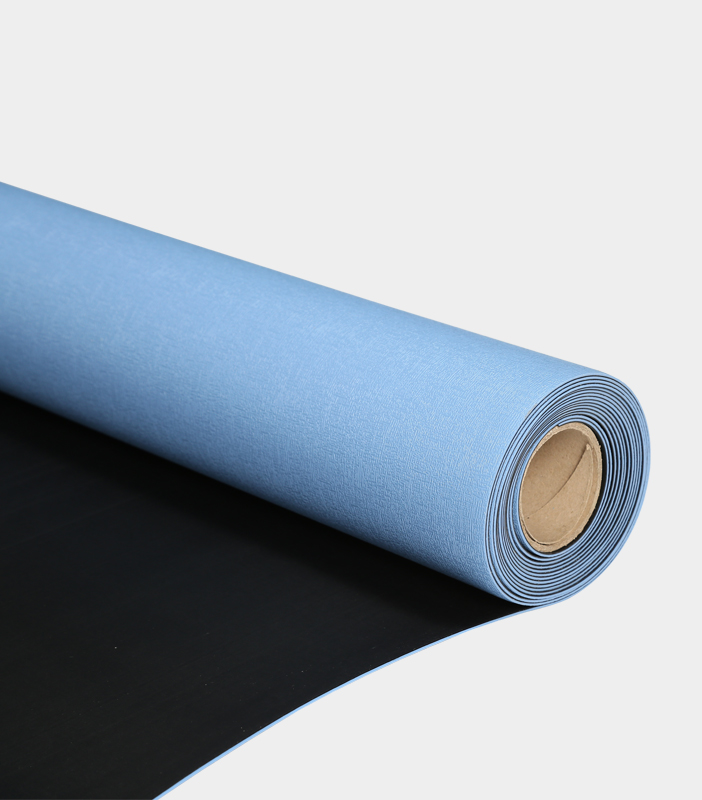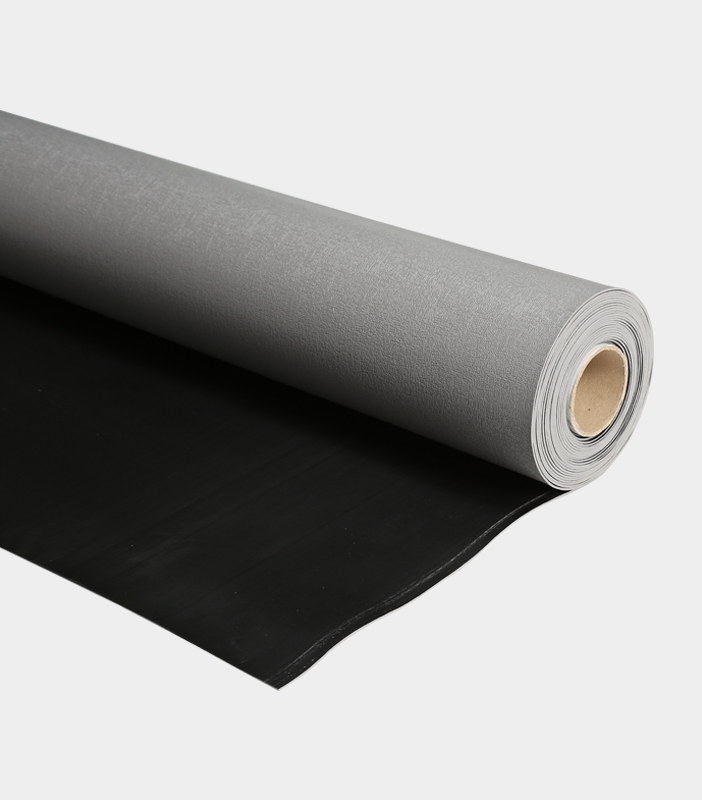When it comes to the storage and transportation of gas cylinders, safety is paramount. Flammable and explosive gases pose a significant risk, especially in environments where static electricity can be generated. To mitigate this risk, anti-static materials are used to prevent static sparks. These materials must meet certain standards to ensure the utmost safety in gas cylinder storage spaces.
Anti-static rubber sheets are a critical component in ensuring the safety of gas cylinder storage spaces. These sheets are designed to dissipate static electricity effectively, reducing the risk of sparks that could ignite flammable gases. To meet safety standards, such as those outlined by military regulations and environmental standards like RoHS, anti-static rubber sheets must undergo rigorous testing and meet specific criteria.
One category of anti-static rubber sheets produced by manufacturers like Guoda is the original rubber anti-static rubber sheet products. These sheets have been developed with military applications in mind and are held to stringent standards. Specifically, they align with the military standard GJB3007A-2009.
One of the key criteria in military standards is the static resistance value. These sheets are engineered to have a static resistance value that meets the military's requirements. This ensures that they effectively dissipate static charges, minimizing the risk of sparks in environments with flammable gases.
Moreover, these original rubber anti-static rubber sheet products excel in performance stability and durability. They are designed to withstand the rigors of military use, where reliability is of utmost importance.
Environmental Anti-Static Rubber Sheet: Complying with RoHS Standards
In addition to military standards, environmental considerations are crucial in today's manufacturing industry. The use of hazardous materials can have detrimental effects on the environment and human health. Therefore, anti-static rubber sheets should meet environmental standards like RoHS, which restricts the use of certain hazardous substances.
Environmental anti-static rubber sheets are engineered to be free of materials that could harm the environment. They comply with RoHS standards by ensuring that hazardous substances are not present in the product. This not only contributes to a safer environment but also underscores the manufacturer's commitment to sustainable and responsible production practices.
Aside from the technical specifications, safety also involves other aspects of anti-static rubber sheets. This includes flame retardancy and non-flammability. In environments with flammable gases, it's critical that these materials do not contribute to fire hazards.
Additionally, electrical insulation performance is essential. These sheets should not only prevent the generation of static charges but also ensure that they do not interfere with electrical systems or equipment in the storage area.
Finally, a consideration that often goes unnoticed but is nonetheless important is the absence of odors. Safety is not only about technical standards; it's also about ensuring that the materials used are safe for human exposure. Anti-static rubber sheets should not emit harmful or noxious odors that could be detrimental to the health of those working in the storage area.
The selection of anti-static materials for gas cylinder storage spaces is a critical safety measure. Anti-static rubber sheets, including original rubber anti-static rubber sheet products and environmental anti-static rubber sheets, play a vital role in meeting safety standards.
They must adhere to stringent criteria, such as military standards, environmental regulations, and safety considerations, to provide a safe and secure environment for the storage of flammable and explosive gases. These materials not only ensure safety but also reflect the commitment of manufacturers to responsible and sustainable practices in the production of critical safety equipment.

 简体中文
简体中文 English
English España
España Deutsch
Deutsch